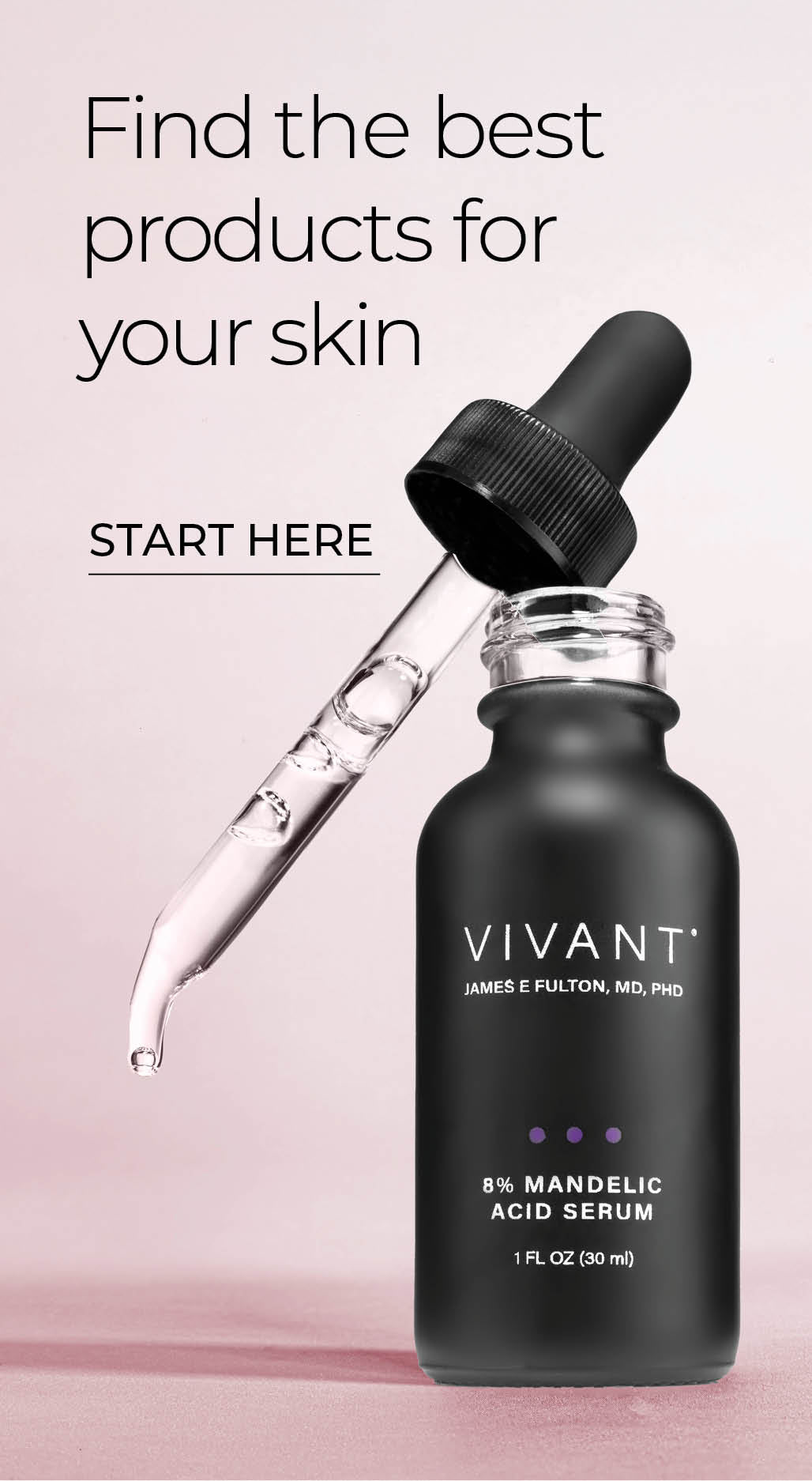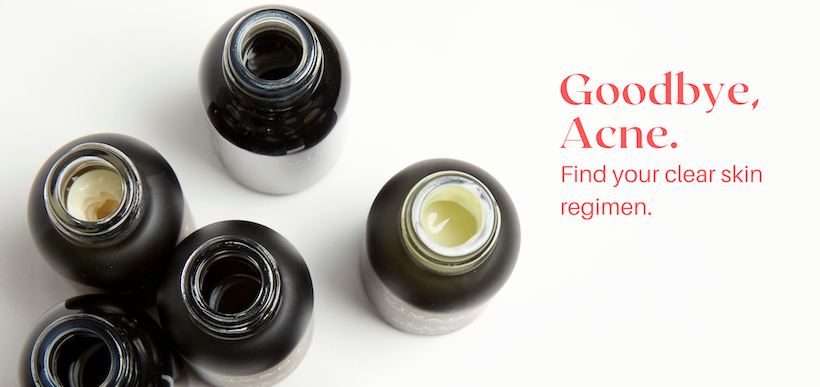The Acne-Iodine Connection

Table of contents
The old myths about chocolate and greasy foods being acne triggers were debunked long ago, but that doesn’t mean diet isn’t a factor when it comes to your skin health. One of the biggest triggers is something you might never expect. It’s in many of the foods you eat, and you are likely adding it to your food frequently in the form of salt.
Iodine is a trace mineral commonly found in seaweed, seafood, iodized salt, fortified bread, in vegetables and fruits grown in iodine-rich soil, and in many vitamin supplements.
When iodine is consumed, the body reduces it to its iodide component, which is then absorbed into the bloodstream to be used by the thyroid gland. Iodides are essential for the manufacture of hormones by the thyroid gland. These hormones control the body’s metabolism and many other important functions. The body also needs thyroid hormones for proper bone and brain development of your baby during pregnancy. When there’s more iodide than the body can use, the excess is excreted through the sweat glands. That’s where it can become a problem for your skin.
As it’s excreted, iodide irritates the pores and causes acne flare-ups. It’s especially troublesome to the susceptible pores in acne-prone skin. Large enough amounts can induce acne in even skin that’s normally clear. In fact, iodide is such a potent trigger for acne that it is often used in skin research to create acne. A few drops of potassium iodide on the skin spurs a quick acneic response for researchers to study.
Once there was concern that Americans weren’t getting adequate levels of iodine to keep them healthy. The solution was to add iodine to table salt, something pretty much everyone used daily. Today, it’s less of a problem, and most people get plenty through food when eating a balanced diet. To be sure you’re not getting too much, you should take note of what you’re consuming and where iodine might be hiding.
Where you’ll find some of the highest concentrations of iodine
Iodized salt
Any vitamins or supplements that contain iodine (especially kelp and dulse)
Milk or other dairy products including ice cream, cheese, yogurt and butter
Seafood including fish, sushi, shellfish, kelp or seaweed
Herbal and vitamin supplements (one of the biggest culprits, check labels)
Foods that contain the additive carrageen, agar-agar, alginate, or nori
Spinach
Potatoes
Commercially prepared bakery products made with iodate dough conditioners
FD&C red dye #3 – this appears in maraschino cherries and occasionally as a pink/red artificial color in beverages
Egg yolks, whole eggs and foods containing whole eggs
The National Institute for Health recommends the following daily allowances of iodine:
Teens 14-18 years 150 mcg
Adults 150 mcg
Pregnant women 220 mcg
Breastfeeding women 290 mcg


Comments